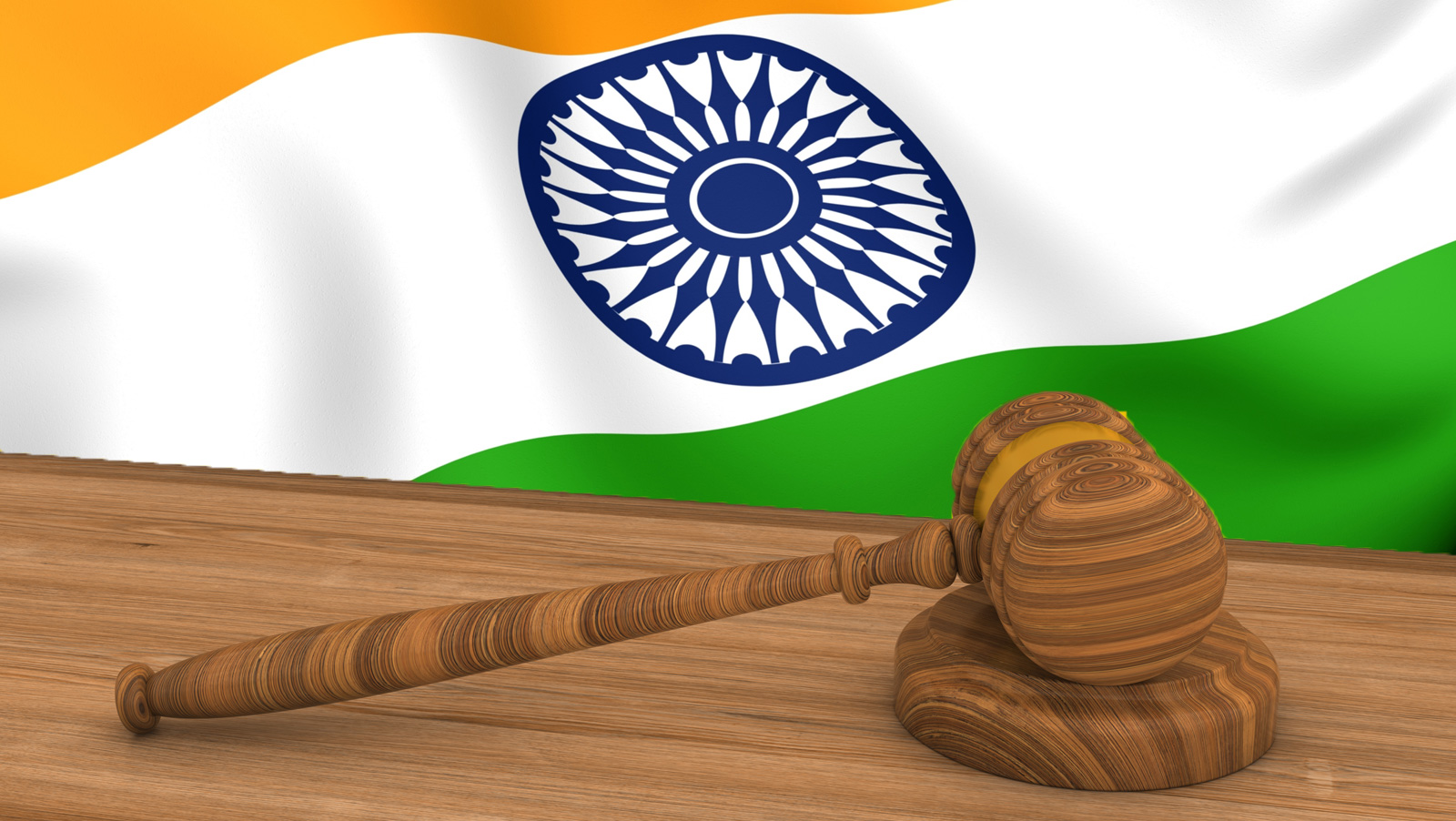This is a guest contribution by Jay Sayta is the founder of glaws.in. If you would like to submit a contribution please contact Bill Beatty for submission details. Thank you.
There was an interesting opinion piece in The New Indian Express yesterday by my friend Vidushpat Singhania questioning the legality of two prize schemes introduced by the National Institute for Transforming India (NITI) Aayog, i.e. the lucky grahak yojana and the digi-dhan vyapar yojana (“lucky draw schemes”).
For the uninitiated, the two aforementioned schemes have been initiated by the central government to incentivise both customers and traders to switch to cashless modes of payments. As per a press release issued by NITI Aayog (a government think tank), the schemes have been introduced to give cash awards to consumers and merchants who utilize digital payment instruments for personal consumption expenditures. The scheme specially focuses on bringing the poor, lower middle class and small businesses into the digital payment fold. It has been decided that National Payment Corporation of India (NPCI) shall be the implementing agency for this scheme. It would be useful to reiterate that NPCI is a not for profit company which is charged with a responsibility of guiding India towards being a cashless society.
In The New Indian Express opinion piece, Vidushpat states that the lucky draw schemes introduced by the NPCI at the behest of NITI Aayog may fall foul of three statutes, viz. the Lotteries (Regulation) Act, 1998, Consumer Protection Act, 1986 and Tamil Nadu Prize Scheme Prohibition Act, 1979. He also uses the opportunity to advocate for legalising betting, lotteries and other forms of gaming, which could fetch the government thousands of crores in revenues.
